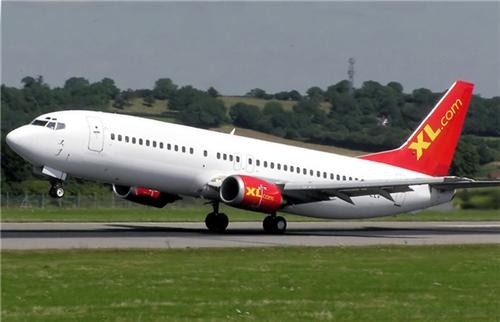Northeast travelers are no strangers to the hassles of commuting between Boston, New York and Washington D.C. Now, with increasing air fares, slow airport security and frequent flight delays, more individuals are opting for Amtrak to hop from one city to the next.
According to the New York Times, Amtrak reported that between New York and Washington, 75 percent of travelers go by train. Prior to 2001, the train company had just over a third of the business between the two cities.
Amtrak added that in that same time frame, the amount of travelers between New York and Boston surged from 20 to 54 percent.
George Hamlin, an aviation writer and airline consultant, told the news source that even he is guilty of crossing over to the other side. With his frequent trips between Washington and New York, Hamlin said there were more benefits to taking the train.
"On the train, you've got power outlets and Wi-Fi, you can talk on the phone – it's usable time," he said.
In fact, success is so rampant that Amtrak predicts that by 2040, traffic could soar nearly four times above today's level, reaching 43.5 million passengers. However, the price that comes with so many riders is that many trains are full and some rail cars are 30 years old. Amtrak proposed a plan costing $151 billion last month designed to speed up trains and upgrade tracks.
Many conservatives in Congress, though, oppose the idea, saying that the government-subsidized railroad has been a failure and instead needs to be privatized.
Companies and organizations need to not only prepare for lulls in the business, but also sudden surges, as these can cause monetary issues too. Working with a business continuity consultant can ensure that plans are created for any scenario.

